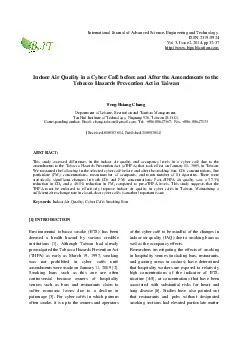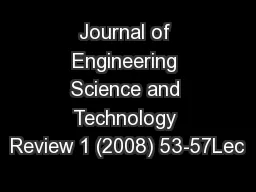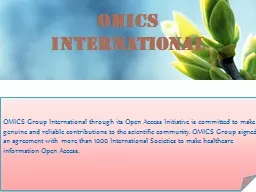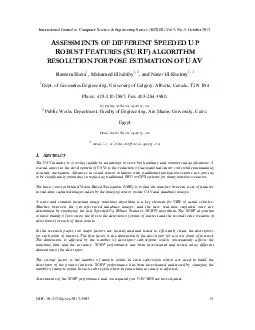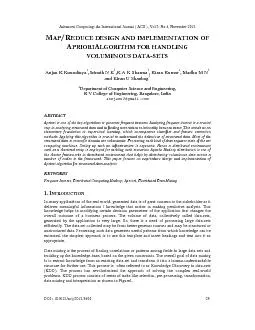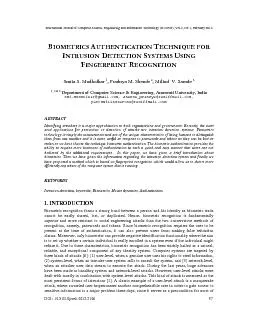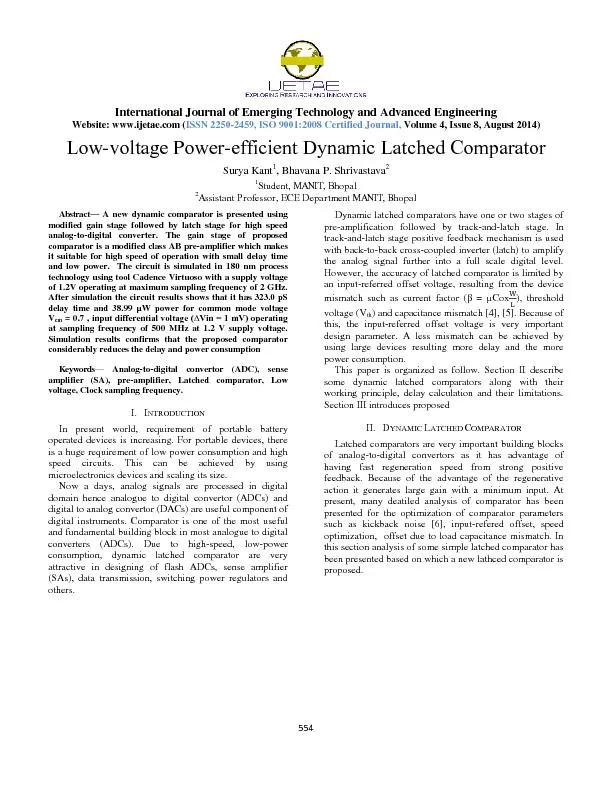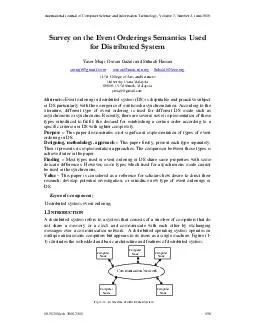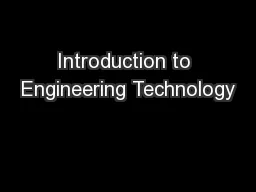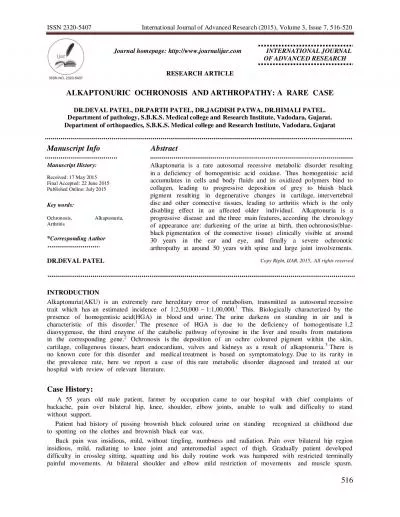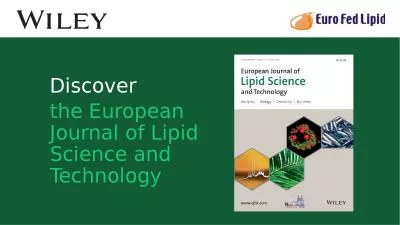PDF-International Journal of Advanced Science Engineering and Technology
Author : test | Published Date : 2015-01-23
ISSN 23195924 Vol 3 Issue2 2014 pp3237 httpwwwbipublicationcom Indoor Air Quality in a Cyber Caf before and After the Amendments to the Tobacco Hazards Prevention
Presentation Embed Code
Download Presentation
Download Presentation The PPT/PDF document "International Journal of Advanced Scienc..." is the property of its rightful owner. Permission is granted to download and print the materials on this website for personal, non-commercial use only, and to display it on your personal computer provided you do not modify the materials and that you retain all copyright notices contained in the materials. By downloading content from our website, you accept the terms of this agreement.
International Journal of Advanced Science Engineering and Technology: Transcript
Download Rules Of Document
"International Journal of Advanced Science Engineering and Technology"The content belongs to its owner. You may download and print it for personal use, without modification, and keep all copyright notices. By downloading, you agree to these terms.
Related Documents

